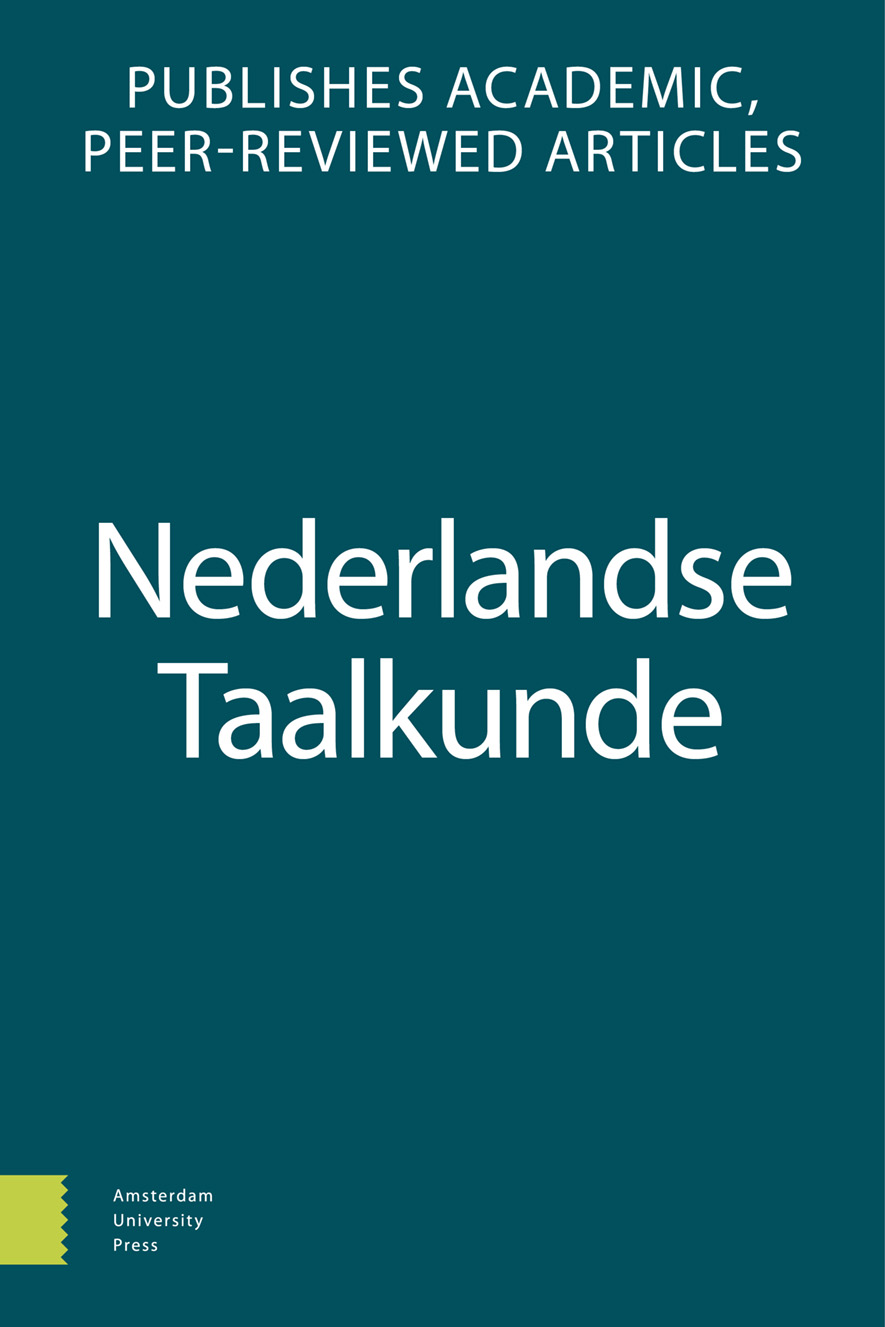-
oa Plural inflection in varieties of Dutch
Patterns of restructuring and geographical redistribution
- Amsterdam University Press
- Source: Nederlandse Taalkunde, Volume 27, Issue 3, dec. 2022, p. 394 - 427
-
- 01 dec. 2022
Samenvatting
The present study investigates the variation in the plural inflections in modern Dutch dialects, focusing on their diachronic development. The original diversity of declensional classes found in the earliest attested stage of Dutch is indirectly reflected in the varied inventory of plural morphemes in present-day dialects. The gradual confusion and merger of class-specific inflectional markers over time contributed to a reduction in the repertoire of the inherited inflectional plural exponents. With time, the distribution of plural markers tended to become increasingly determined by phonology and gender, or was guided by semantics. The aim of this study is to trace back the patterns of variation in the plural inflection across three present-day Dutch varieties to those found in the earliest attested Dutch and Low Saxon material. The research question addressed in the study is whether the contrasts found across the examined modern Dutch dialects can be directly traced back to the variation in Old Dutch and Old Saxon. The analysis of the developments in plurality patterns is framed in the context of the West Germanic linguistic continuum, allowing us to evaluate the position of Dutch on this continuum. The study reveals that the boundary between different inflectional patterns runs across the Dutch dialectal continuum, with western varieties showing more affiliation with the English plurality patterns, while eastern and southeastern dialects demonstrating a closer affiliation with German. The findings indicate as well that the early traces of this contrast are already detectable in the earliest attestations of Dutch.


